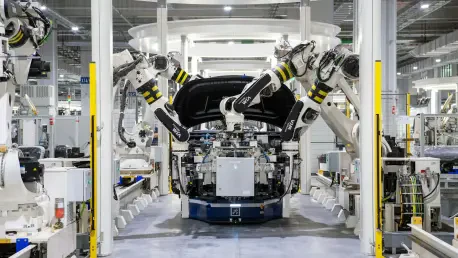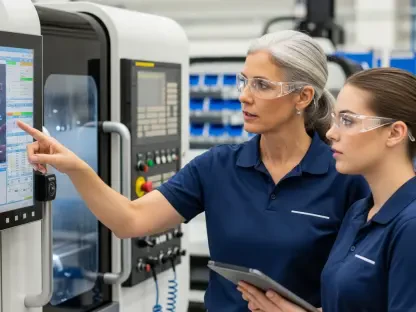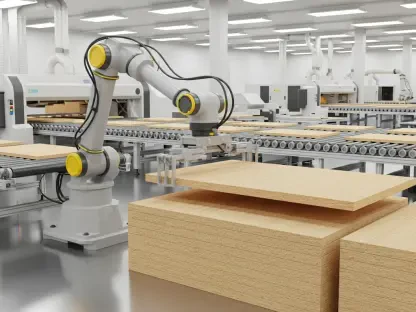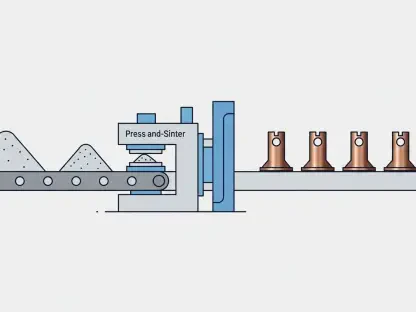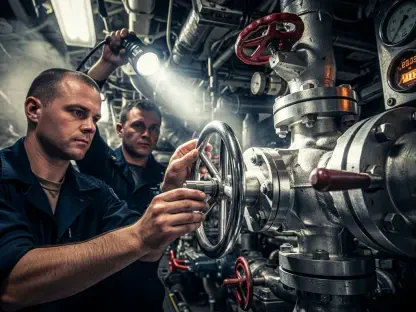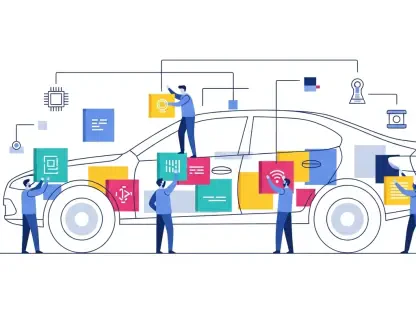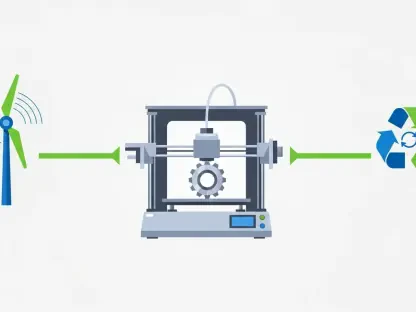I’m thrilled to sit down with Kwame Zaire, a renowned expert in manufacturing with a deep passion for electronics and equipment. With years of experience in production management, Kwame has become a thought leader in predictive maintenance, quality control, and workplace safety. Today, we’re diving into his insights on cutting-edge robotics and AI, inspired by innovative approaches in the industry, to explore how these technologies are reshaping industrial processes and addressing real-world challenges.
How did your journey in manufacturing lead you to focus on robotics and AI as game-changers for the industry?
My journey started on the factory floor, where I saw firsthand the inefficiencies and limitations of traditional equipment. Over time, I became fascinated by how electronics and smart systems could optimize production. Robotics and AI, to me, represent the next frontier—they’re not just tools but solutions that can mimic human skills and adapt to complex tasks. I’ve been particularly inspired by how these technologies can tackle labor shortages and improve safety, which are critical issues in manufacturing today.
What excites you most about the concept of physical AI and its potential to transform industrial operations?
Physical AI is exciting because it bridges the gap between digital intelligence and real-world action. Unlike traditional robotics, which often rely on rigid programming, physical AI enables machines to learn from human behavior and adapt to dynamic environments. Imagine a robot that can handle delicate assembly tasks or react to unexpected changes on a production line—that’s the kind of transformation I see revolutionizing industries like manufacturing and logistics.
Can you explain how robotic systems that prioritize dexterity could impact efficiency in factory settings?
Dexterity-focused robotics can be a game-changer for efficiency. Many factory tasks, like assembling small components or handling irregular objects, still require human hands because traditional robots lack finesse. When robots can replicate human-like precision, you reduce errors, speed up processes, and free up workers for more strategic roles. It’s about automating the mundane while maintaining quality, which ultimately drives down costs and boosts output.
Why do you think combining specialized robotic components with existing industrial equipment is a practical approach for scalability?
I believe this approach is practical because it leverages what’s already proven in industrial settings. Instead of reinventing the wheel with full-body robots that might be overkill for most tasks, pairing advanced components—like highly dexterous robotic hands—with off-the-shelf robot arms makes deployment faster and more cost-effective. It also minimizes compatibility issues, allowing factories to integrate new tech without overhauling their entire setup.
How important is real-world data in training AI for robotics, and what challenges come with collecting it?
Real-world data is absolutely critical. AI for robotics needs to learn from actual human movements and factory conditions to be effective. The challenge lies in capturing this data without disrupting operations—factories can’t afford downtime. Innovative methods, like wearable devices that track worker movements during regular shifts, are key. But you also have to ensure data privacy and manage the sheer volume of information, which requires robust systems and careful planning.
What’s your take on the role of imitation learning in helping robots perform complex tasks?
Imitation learning is fascinating because it allows robots to essentially watch and learn from humans, much like an apprentice. This method helps machines pick up nuanced techniques—like how to grip a fragile part or adjust to a shifting object—that are hard to program manually. It’s a more intuitive way to teach robots, and it reduces the time needed to get them operational, especially for intricate tasks in manufacturing.
How do you see partnerships between tech innovators and large industrial players shaping the adoption of advanced robotics?
These partnerships are vital. Large industrial players have the scale, resources, and real-world environments to test new technologies, while innovators bring fresh ideas and cutting-edge solutions. When they collaborate, you get practical feedback loops—tech gets refined based on actual needs, and industries gain tools that solve specific pain points. It’s a win-win that accelerates adoption and ensures the technology isn’t just theoretical but truly useful.
Beyond manufacturing, what other sectors do you think could benefit from advancements in robotic dexterity and AI?
There’s huge potential beyond manufacturing. Logistics is an obvious one—think warehouse automation for picking and packing diverse items. But I also see applications in healthcare, like assisting with surgeries or rehabilitation, where precision is critical. Even agriculture could benefit, with robots handling delicate tasks like harvesting crops. The key is adapting the tech to meet each sector’s unique demands, which will require ongoing innovation and customization.
What’s your forecast for the future of robotics in industrial settings over the next decade?
I’m optimistic about the next decade. I think we’ll see robotics become more integrated into everyday industrial operations, driven by smarter AI and better human-robot collaboration. Costs will come down as tech matures, making it accessible to smaller businesses, not just giants. We’ll also likely see a shift toward sustainability, with robots optimizing energy use and reducing waste. Ultimately, I believe robotics will redefine productivity, making industries more resilient and adaptable to global challenges.
